Plato’s “Allegory of the Cave” Reimagined – The Maze Runner as a Modern Interpretation
Introduction
Imagine being trapped in a box. You are chained to the floor alongside others in the same situation, but being chained, you cannot see them, and your only sense impression consists of shadows on the wall in front of you. You have no idea of where the shadows are coming from or what is causing their presence. You assume the sounds you hear come from the shadows, as you have no other way of explaining their coherence. You cannot turn around, nor stand. Does this sound like a nightmare? Then what do you do – escape as soon as possible? Although this sounds like the obvious answer to that question, the answer might not be quite as straightforward. Because what if life in the box is the only reality you have ever known – would you then have the imagination or the intelligence to grasp the idea of a better life outside of the box?
Plato’s Allegory of the Cave
The situation outlined above is in fact a short resume of the so-called Allegory of the Cave – an example of how Greek philosopher Plato saw the world. The Allegory of the Cave can be found in book VII of Plato’s Republic,[1] a work written in prose around 385-380 B.C. The Republic is built around a dialogue between the philosopher Socrates and Plato’s brother Glaucon, and through these characters Plato, among other things, discusses philosophy, definitions, ethics, politics, and the construction of the ideal polis or city-state as the word is often translated to in English.
The Allegory of the Cave describes, as we have just heard, a group of prisoners in a cave. The choice of using the word “box” in the introduction instead of “cave” will hopefully make sense as this article progresses. Now, Plato’s view of the world was dualistic meaning that he divided the world into two separate spheres: the world of φαινόμενον[2] (fainómenon) – having to do with the senses, what we can see, feel, smell, hear and touch, versus the world of ἰδέα[3] (idéa) – describing the perfect or ideal forms of what we are able to perceive by using our senses.[4] The senses thereby show us copies of the true forms of anything – be it a table, a person or the structure of a particular society, thus in some way preventing us from mastering a higher level of knowledge. Plato’s point is that, philosophers, of course, master the ability of abstract thought, thereby being able to understand the world of fainómenon as well as the world of idéa ultimately making them the perfect rulers as they would rule reluctantly.[5]
After outlining the situation of the prisoners in the cave, Plato continues by imagining the release of one of the prisoners. As he is making his way out of the cave, he encounters the puppeteers responsible for making the shadows on the cave wall. The large fire enabling the casting of shadows initially blinds the prisoner, who, being in pain, would rather return to his uncomfortable yet familiar prison in the cave than proceed.[6] Forcefully dragging the prisoner out of the cave would cause him immense suffering since the light of the sun would be too much for him to bear. But slowly his discomfort would give way for all kinds of new impressions as he would grow accustomed to the world outside seeing first shadows, then objects, and after that the moon and stars at night.
Staying outside would eventually make it possible for him to look directly at the sun, reason about the sun’s role in light and darkness as well as its power over the seasons and in this way obtaining true knowledge.[7] The enlightened prisoner would then naturally want to free his former co-prisoners and inform them about the falseness of the “living shadows” in the cave, but accustomed to the light he would now be blind in the cave where he was previously able to see the shadows clearly. The remaining prisoners would not believe him when told about the world outside, and they would not want to follow him seeing his pain and troubles by returning to the darkness in the cave. More likely, they would ultimately try to kill him for being different and for “destroying” their knowledge and reasoning about the shadows[8] – shadows that are real to them and essentially all they have ever known.
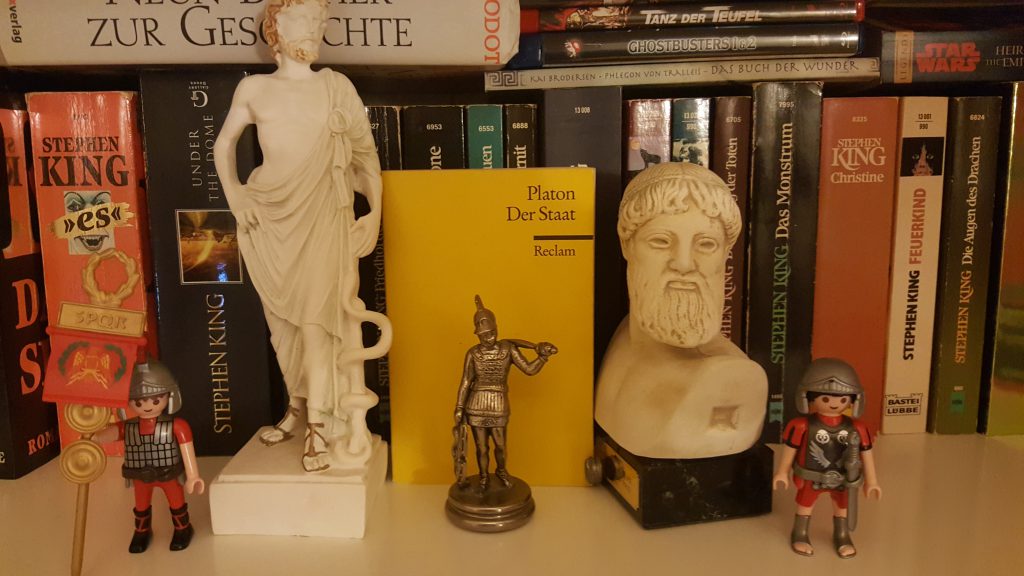
The Maze Runner
So, what does this allegory from ancient Greece have to do with an American film from 2014? Well, quite a lot as it turns out. The film The Maze Runner directed by Wes Ball is based on a book of the same name published in 2009. The book The Maze Runner is the first in a series of five, not counting the companion book The Maze Runner Files, all written by James Dashner.
James Dashner is an American author with a master’s degree in accounting. His books are usually categorized as adventure or science fiction and aim at an audience of young adults with The Maze Runner series probably being the most well-known. Although not having a classical education, Dashner seems to be more than just a little familiar with Plato’s Allegory of the Cave judging by the many similarities between the two works. More than that, with The Maze Runner Dashner enters an ever-growing tendency of portraying dystopian societies in a fantasy or science fiction framework which kicked off around the millennium with books and films like The Truman Show (1998), The Matrix (1999), The Island (2005), The Hunger Games (book 2008, film 2012), and Divergent (book 2011, film 2014).
Taking a closer look at the film The Maze Runner, the viewer might find him- or herself equally bewildered as the story’s protagonist with whom we first become acquainted as he gains consciousness while lying in a moving lift. Thomas, as the main character is called, has no recollection of who he is or what is happening, and as the lift opens he is greeted, at first rather harshly, by a group of peers – all of whom are boys.[9] Thomas soon finds out that he has arrived at “The Glade” a small patch of land surrounded by walls and gates so high they seem to reach for the sky. Thomas also learns that the only memory the inhabitants of The Glade are left with at arrival, is their name. The boys in The Glade have various responsibilities from cooking to farming and building shelters. But the “occupation” that intrigues Thomas the most is that of “the Runners”. Thomas is told that the first boy (Alby) arrived at The Glade three years ago with another boy arriving once a month ever since.[10] Since the beginning Runners have tried to explore the grounds outside the walls during the day. But having discovered that the outside consists of a large maze which changes every night and furthermore holds dangerous adversaries in the form of huge semi-robotic-insects called “Grievers”,[11] the group has basically given up hope of finding a way out. By way of coincidence and Thomas’ curiousness, spunk and courageousness he and the runner Minho find themselves locked out of The Glade one night after the gates have been closed thus having to face The Grievers. After being chased, Thomas traps a Griever between two closing walls in the ever-changing maze which crushes it making it possible for Thomas and Minho to return to The Glade the following morning as the first ever survivors of the maze.[12]
The next day the first girl arrives at The Glade with a note saying she will be the last one, ever. She recognizes Thomas although he does not recognize her.[13] Thomas and a group of boys reenter the maze retrieving a beeping mechanical part from the crushed Griever realizing that the part corresponds to a particular section of the maze. Thomas and Minho seek out the section causing a door hitherto closed to open, but after being scanned a series of traps almost kills them. That night the gates to The Glade remain open resulting in Grievers pouring in and killing a bunch of the boys.[14] Thomas finds out that he and Theresa used to work for the company W.C.K.D. responsible for constructing the maze and shares this with a few of the others. The boy Gally feels that Thomas is to blame for the disruption of their peaceful yet imprisoned existence and wishes to sacrifice him and Theresa to The Grievers to restore peace.[15] Aided by a group loyal to Thomas, he, Theresa and the group manage to escape through the maze finding themselves in a corpse-strewn laboratory. Here they realize that they have been part of an experiment trying to find a cure for a deadly pandemic virus.[16] While in the laboratory, Gally shows up and insists that the group must stay. Delirious after having been stung by a Griever, Gally aims at Thomas with a gun, but ends up shooting the young boy Chuck before he is killed himself by Minho piercing his chest with a spear.[17] Armed and masked men then run in taking the group to a helicopter which makes it possible for them to see The Glade from above before flying away across a barren wasteland.[18]
The Allegory of the Cave versus The Maze Runner
In the Allegory of the Cave the released prisoner is a metaphor for philosophers and their abilities to comprehend things at a higher level. Trying to teach the remaining prisoners, a metaphor for the general public, is troublesome and ungrateful work that even makes philosophers risk their life while trying – an endeavor that was indeed fatal for Plato’s own teacher Socrates, as he was executed in 399 B.C. after being charged of corrupting the youth of Athens.[19] The Glade in The Maze Runner roughly corresponds to the Cave in Plato’s allegory – both examples of imperfect societies – and the boys in The Glade to the prisoners. The Grievers are the equivalent of the shadows of the puppeteers in The Allegory of the Cave, as the Grievers are also controlled by a force not visible to or known by the Gladers. Thomas then becomes an image of “the philosopher” trying to educate the unknowing public which, as a thanks, tries to kill him.
The difference between these two narratives is that although they cannot remember anything but their name, the boys in The Glade know that there is something outside of the “box” as someone must be sending them new “Gladers” every month. Yet, thinking about The Allegory of the Cave, the only explanation for the prisoners’ situation, is that someone intentionally put them there as well. This fact is not elaborated on by Plato. The boy Newt in The Maze Runner calls the people responsible for the maze and The Grievers “Creators”[20] thereby juxtaposing W.C.K.D. with the sun in The Allegory of the Cave. This suspicion or fragmented knowledge might be why the Runners have existed as a part of the community structure within The Glade from the beginning. If the boys had all instead grown up in The Glade, they would probably not have been equally aware of a possible world outside and hence not so keen on finding out more about this mystery world.
Although not being chained, the boys in The Glade cannot escape nor do they have any illusions of succeeding in their endeavors until Thomas comes along. Their life is confined to the box they live in – surrounded by tall walls, a lift in the ground that only goes up, and a sky above which, although open, cannot be conquered with the means available – this is indeed a box. The boys even refer to the lift as “the box” – which means we have a little box (the lift) inside a larger box (The Glade) inside an even larger box (the maze) none of which can be overcome. The situation outlined in both The Allegory of the Cave and The Maze Runner is a very real and physical way of putting people into boxes – clearly as terrible an idea in real life as figuratively speaking. Breaking the frames of the box is hard and requires help and support – something Thomas gets from a few of the Gladers while the remaining turn against him with discomfort and anger. The boy Gally openly fights Thomas because he changes the way things have been for the past three years: “The rules are the only thing that has ever held us together, why now are we questioning them?”,[21] just like the prisoners in the cave turn against the returning prisoner for being different.[22] What the boys do not know, is that they have been placed in The Glade exactly because they are different, and may be the only hope that remains for the future. Finding a way out of The Glade and the maze then means the ones that do are even more special; the point being that even though not everyone wants to be special or different, we all are maybe without our knowing, and that being different is good.
Thomas can be compared to the released prisoner returning to the cave unable to see. Thomas used to work for W.C.K.D. monitoring the boys in The Glade thereby subconsciously in possession of knowledge unknown to the Gladers. As the story progresses we find out that Theresa might know even more about their past and purpose than Thomas thereby being able to manipulate him, underlining the fact that knowledge is power. As Thomas enters the world of the Gladers his memory is erased which means he is blind, and only after having been in The Glade for a while he learns to see or remember. Making his way out of The Glade and the maze means that he gets to see things more clearly, as he obtains knowledge of both worlds simultaneously. In the end, Thomas is clearly blinded by the sun as he is dragged out of the laboratory and out in the “real world” – an obvious parallel to the prisoner from The Allegory of the Cave looking at the world and the sun outside of the cave for the first time.[23] In escaping, he brings some of the Gladers with him, thus teaching them to see as well.
The Maze Runner thereby continues where The Allegory of the Cave leaves us; namely by sending the philosopher into the cave to enlighten the people chained there. Most of the Gladers react precisely like the prisoners in Plato’s allegory; with disbelief and anger directed at the person challenging their view of the world: the philosopher/Thomas. Especially Gally remains hostile towards Thomas saying: “He’s one of them, and they’ve sent him here to destroy everything and now he has.”[24] Gally evidently does not want his view of the world to change, but during their argument Thomas stands ground yelling: “At least I did something Gally, what have you done a side from hiding behind these walls all time time?[…] Maybe you should start doing things a little differently?”[25]
A further parallel is that we even have an attempt of murder in the end, but in stead of killing Thomas, the young boy Chuck is killed, pointing at how the innocent people caught in the middle of two fighting fractions or worldviews always suffer the hardest.
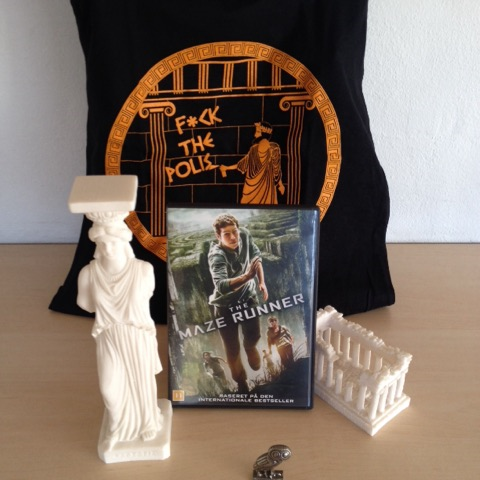
The Maze Runner in the present time and its impact
Both philosophers in ancient Greece and Thomas and his small group of splitters in The Maze Runner constitute a minority within the established society. On the personal level Dashner is part of a “minority” himself. Being a Mormon, he is one of the +15 million people in the world who confess to this particular belief.[26] Although Mormons consider their belief to be a branch of Christianity and 15 million sounds like a lot, compared to world religions like Islam and other branches of Christianity like Catholicism or Protestantism 15 million can be stated to be a minority. It is customary for male members of the Mormon church to go abroad to perform missionary activities for a couple of years – in this way finding themselves in strange environments and getting into contact with people who do not necessarily share their beliefs and who might face them with resentment and condescension thereby “othering” them. This scenario somewhat resembles what we have heard of in the two narratives above.
Taking a bird’s eye view and focusing on the more political level, the book The Maze Runner was, as mentioned, published in 2009: the year Barack Obama was inaugurated as president of the United States of America, taking over after president George W. Bush. This means that the book was written during the election campaign, which no matter the outcome, would mean a clear cut with the old ways as Bush did not have the possibility of running for the third time. Obama’s victory meant a defining change for the presidential seat as no man of colour had ever been elected president of the USA before, which means that people voted for him even though he was “different”. Moreover, Obama approached the office and the nation as a sort of father figure more than the elevated figurehead people had become accustomed to – in this way causing a division.[27] Some liked the winds of change, some did not. Yet Obama managed to win the election for the second time in 2012 passing on the office of president to Donald Trump in 2017.
Dashner has reflected on the sort of dystopian society portrayed in The Maze Runner saying that although his main point is to entertain, there are also things to be learnt from his stories: “It could serve as a warning to all these young readers who could grow up to be our leaders someday […] It can stamp in their minds how bad a society could get. And they will fight harder to make sure that doesn’t happen.”[28] The Maze Runner then might be both an image of Dashner himself and his way of life, as well as the challenges he or others may have faced along the way. Furthermore, the thing about the genre of science fiction that sets it apart from fantasy for example, is that technically the narrative of the science fiction novel could become true making the points to be learnt even more relevant; select your leaders carefully, be true to who you are, and do not be afraid of thinking out of the box.
The casting of shadows on the future
The story of The Maze Runner, however, does not stop with the escape of Thomas and The Gladers. As mentioned, the series covers five books, and to this point two cinematic sequels to The Maze Runner have been made, showing us that Thomas’ hardships are not nearly over after he solves the maze.
The trend of portraying dystopian societies has not diminished since The Maze Runner saw the light of day, and more recent examples include films and series like Dawn of the Planet of the Apes (2014), The Handmaid’s Tale (2017-), Ready Player One (2018) and Altered Carbon (2018-), underlining that there is a willing audience waiting for new stories along this line. These narratives, often set in the future, show us our worst fears: robots or aliens taking over, dehumanization or the consequences of environmental disasters or totalitarian governments. Fantasizing about or fearing the future is not something new, and as our world is becoming increasingly automated, predicting a continuation of the surge of films in this genre does not seem like a huge risk. The future will always be beyond our grasp and beyond our imagination – in a nutshell epitomizing the fear of the unknown, of change, but also a key to endless possibilities.
Conclusion
Though not a classical example of a user of classical antiquity taking his background into account, James Dashner succeeds in bringing Plato’s Allegory of the Cave to life in a whole new way, and considering the many similarities between the two works, the conclusion must be that the use is intentional. The setting remains the same by “chaining” a group of people to a particular location unable to escape, forcing them to relate to “puppets” lead by an unknown force, and then adding a sort of savior who possesses a higher degree of knowledge than the others. In both cases we see how the prisoners and Gladers react with resistance and fury when their way of life is questioned eventually posing a serious threat to the philosopher and Thomas. Those who end up listening to the philosopher or Thomas gain a new insight into the world around them – an insight that might not always be pleasant but a knowledge that either way helps them in moving forward and gives them a goal in life.
Both narratives share lessons from the real life like the unfairness in people condemning others for their religion, their colour, their sexuality or their desires to move the world in a different direction. Moreover, it shows us the power of the select few, be it philosophers, politicians, idols or demagogues, who understand how to make people follow them. Seeing that the boys stand divided following either Gally or Thomas, the power of persuasion accordingly ends up being both a bad and a good thing.
Every choice of doing things differently means a parting with what went before, and as there is only one way forward, someone consequently becomes a loser, someone is opted out, someone is “othered.” But that does not mean that the old and the new cannot coexist. Uniting opposite views, although seemingly impossible, may be the way to go – sometimes the only solution is thinking outside of the box. Sometimes the only way is up.
Footnotes
[1] Plato, Staten, 279-283. Staten is the Danish name of Plato’s work The Republic, in Greek Πολιτεία
[2] LSJ, ”φαινόμενον” B, II, 2: ” in Philosophy, φαίνομαι (abs.) is sts. used of what appears to the senses”
[3] LSJ, ”ἰδέα” A, II, ”: ” pl. in Platonic Philosophy, ideal forms, archetypes”
[4] Anne-Marie Eggert Olsen ”Platon” in Den Store Danske, see also Plato 1999, 15-17
[5] Plato 1999, 285-288
[6] Ibid., 280-281
[7] Ibid., 281
[8] Ibid., 282-283
[9] The Maze Runner 2014, 00.48-3.00
[10] Ibid., 5.05 and 28.20-28.50
[11] Ibid., 13.00
[12] Ibid., 30.54-40.34
[13] Ibid., 43.00-44.20 Later we find out Thomas has seen her in his dreams – dreams that only add to his “otherness”
[14] Ibid., 1.03.08-1.18.12
[15] Ibid., 1.22.23-1.26.02
[16] Ibid., 1.31.24-1.35.35
[17] Ibid., 1.36.10-1.38.55
[18] Ibid., 1.39.00-1.40.53
[19] Karsten Friis Johansen, ”Sokrates” in Den Store Danske
[20] The Maze Runner 2014, 1.21.20
[21] Ibid., 49.47-49.51
[22] Plato 1999, 282. Funnily enough sector seven is the one that is open as Thomas kills the Griever thus changing everything, and The Allegory of the Cave can be found in book seven in Plato’s work
[23] The Maze Runner 2014, 1.39.48 and Plato 1999, 281
[24] The Maze Runner 2014, 1.17.39-1.17.44
[25] Ibid., 1.09.45-1.09.59
[26] Finn Stefánsson, ”Mormonkirken” in Den Store Danske
[27] For more on Obama as a father figure see https://www.washingtonpost.com/blogs/she-the-people/wp/2012/10/27/obama-as-father-figure/??noredirect=on and on the more entertaining level see https://www.eonline.com/news/777945/9-times-president-barack-obama-was-everyone-s-dad
[28] https://www.deseretnews.com/article/705392086/James-Dashner-reflects-on-the-end-of-The-Maze-Runner-series.html
Bibliography
Books
Collins, Suzanne. 2008. The Hunger Games. Schoolastic Children’s Books
Dashner, James. 2009. The Maze Runner. Delacorte Press
Dashner, James. 2013. The Maze Runner Files. Random House Children’s Books
Liddell, Henry George, Scott, Robert & Jones, Sir Henry Stuart. (LSJ) 1996. A Greek-English Lexicon. Clarendon Press, Oxford
Plato. 1999. Staten. Translated by Otto Foss. Museum Tusculanums Forlag, Copenhagen
Roth, Veronica. 2011. Divergent. HarperCollins
Articles
Eggert Olsen, Anne-Marie. 2017. Article about ”Platon” in Den Store Danske, Gyldendal
Friis Johansen, Karsten. 2017. Article about ”Sokrates” in Den Store Danske, Gyldendal
Stefánsson, Finn. 2017. Article about ”Mormonkirken” in Den Store Danske, Gyldendal
Films/Series
Altered Carbon, 2018-. Mythology Entertainment, Skydance Television
Dawn of the Planet of the Apes. 2014. Chernin Entertainment, Ingenious Media, Soho VFX, TSG Entertainment
Divergent. 2014. Summit Entertainment, Red Wagon Entertainment
The Handmaid’s Tale. 2017-. MGM Television,
The Matrix. 1999. Warner Bros., Village Roadshow Pictures, Groucho Film Partnership, Silver Pictures, 3 Arts Entertainment
The Maze Runner. 2014. Twentieth Century Fox, Gotham Group, Temple Hill Entertainment, TSG Entertainment, Dayday Films, Ingenious Media
The Hunger Games. 2012. Lionsgate, Color Force
The Island. 2005. DreamWorks, Warner Bros., Parkes + MacDonald Image Nation, K/O Paper Products, Platinum Dunes
The Truman Show. 1998. Paramount Pictures, Scott Rudin Productions
Ready Player One. 2018. Amblin Entertainment, De Line Pictures, Dune Entertainment, Farah Films & Management, Reliance Entertainment, Village Roadshow Pictures, Warner Bros.
Links
www.deseret.news.com: https://www.deseretnews.com/article/705392086/James-Dashner-reflects-on-the-end-of-The-Maze-Runner-series.html
www.eonline.com: https://www.eonline.com/news/777945/9-times-president-barack-obama-was-everyone-s-dad
www.washingtonpost.com: https://www.washingtonpost.com/blogs/she-the-people/wp/2012/10/27/obama-as-father-figure/??noredirect=on


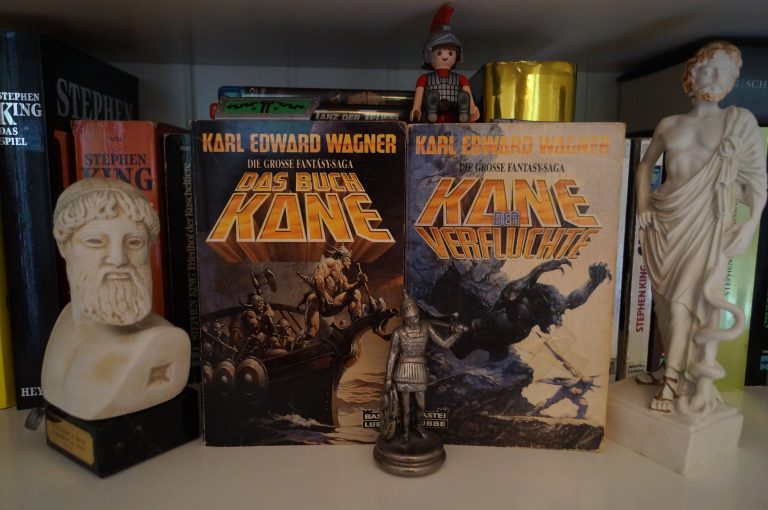


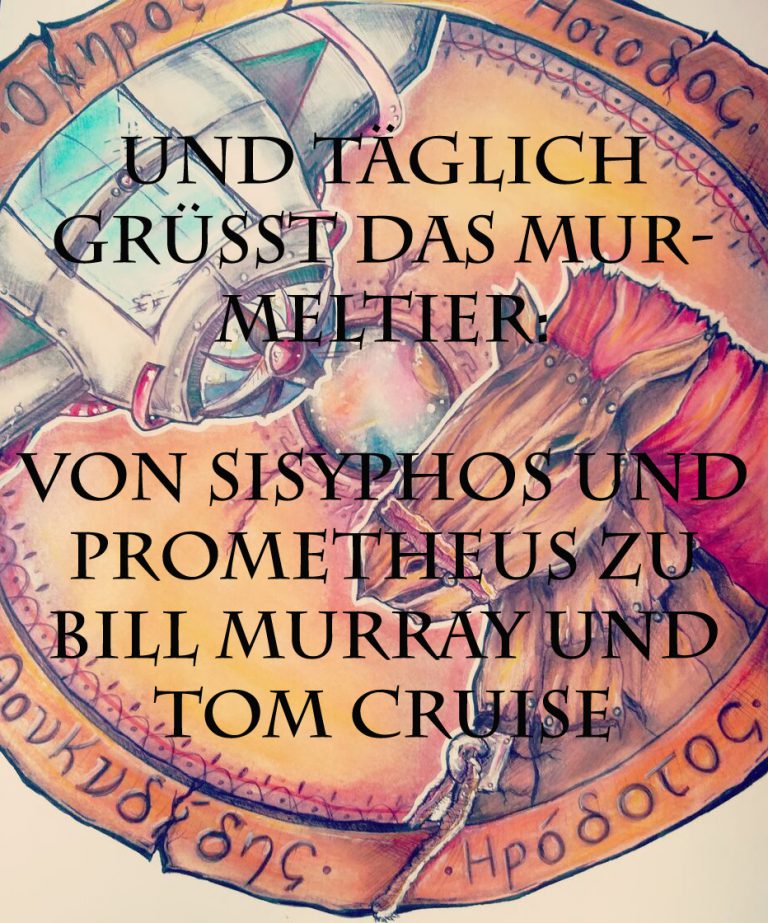
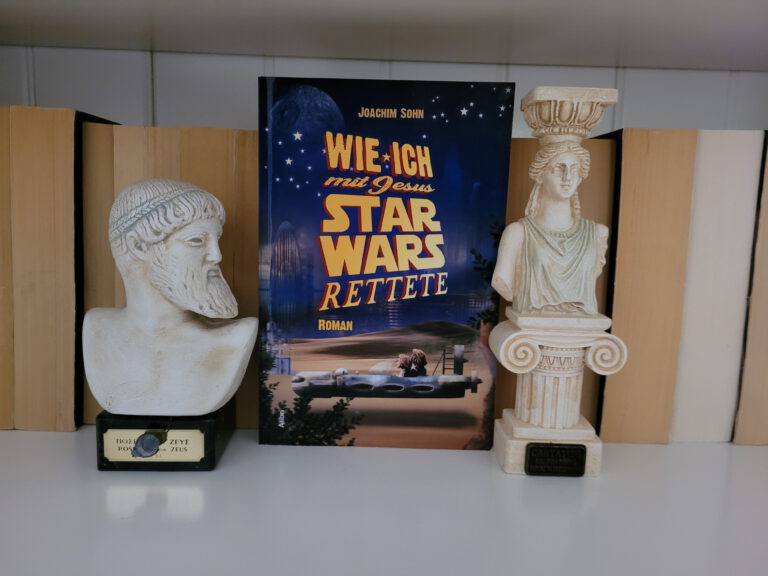
Test
The Cave is about human domestication and separation from the real, natural world, happening at the time when people were forced from hunting and gathering into agriculture and the consequential society by the aggressive immigrant farmers from Mesopotamia. The cave (a symbol for ‚civilisation‘) conquered the world and is the system(s) we live in today. The Cave was written at the same time the Bible was written and compiled (old testament), which formed the base of ‚civilization‘. Plato was sentenced to death for it’s creation as a consequence. Even mythology has equal stories of Gods subduing humans. See also Platon’s Kritias. If you doubt, check the story about the killings in Herxheim (Germany) 7ka ago – the time the mesopotamic farmers got to central Europe (farmers cannibalized local huntergatherers)…
Thank you for your comment!
Well, the bible did not form the base of ‚civilization‘. There have been a few thousand years of history before 🙂
Plato was not sentenced to death. Is it possible that you had Socrates in your mind?
I’m also not sure if it is correct what you say about Herxheim. As far as I see nobody mentions aggressive immigrant farmers from Mesopotamia in the context of Herxheim.
All best,
Michael